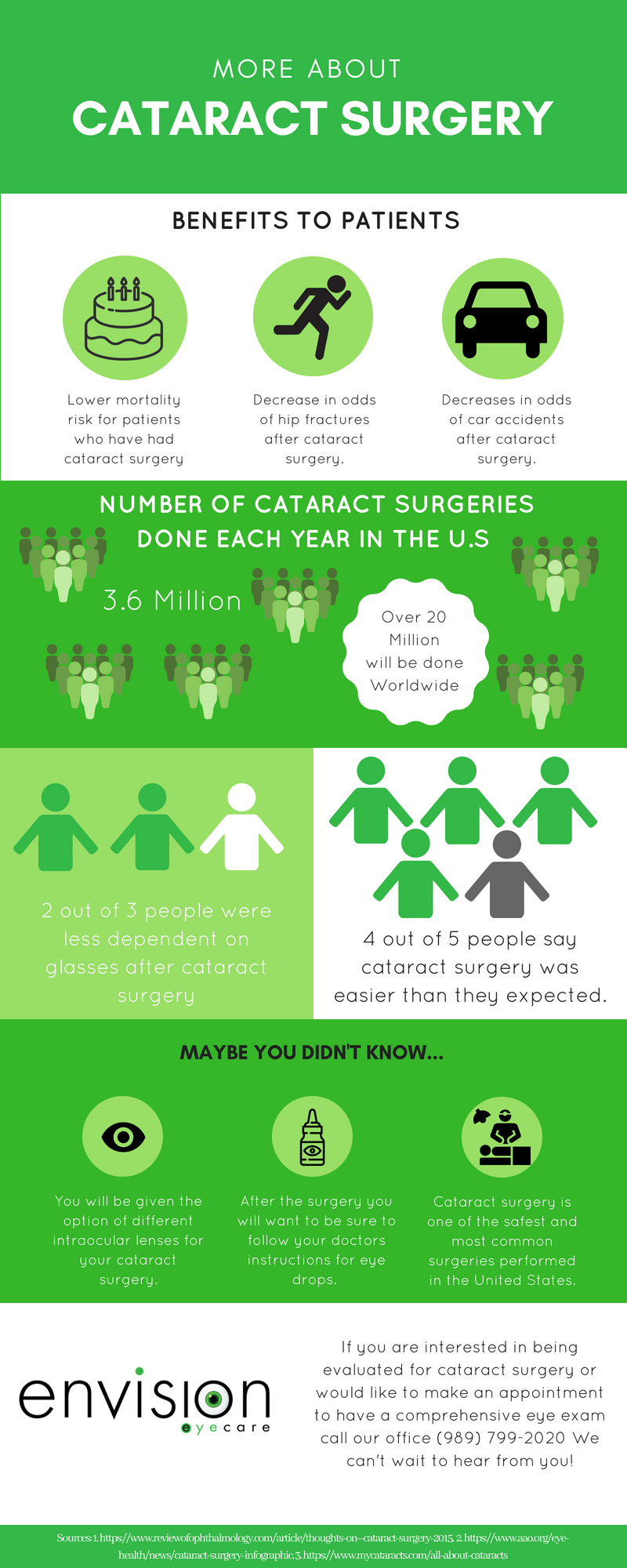Curious About The Distinctions In Between SMILE, LASIK, And PRK Eye Surgical Treatments?
Curious About The Distinctions In Between SMILE, LASIK, And PRK Eye Surgical Treatments?
Blog Article
Published By-Foss Copeland
If you've been considering SMILE eye surgical procedure, you could question just how it compares to LASIK and PRK. Each procedure has its own set of benefits and factors to consider. From quicker healing times to potential risks, there are crucial differences you need to be aware of before making a decision. Comprehending please click for source will aid you make an educated choice that straightens with your details needs and expectations. Interested to recognize even more regarding how these treatments contrast carefully? Keep on checking out to get an extensive understanding of SMILE, LASIK, and PRK.
SMILE Eye Surgery Introduction
If you're thinking about SMILE eye surgical procedure, you'll find it to be a minimally intrusive treatment with a fast recovery time. During SMILE (Tiny Laceration Lenticule Extraction), a laser is made use of to create a small, specific cut in the cornea to eliminate a tiny item of cells, reshaping it to correct your vision. This differs from LASIK, where a flap is developed, and PRK, where the external layer of the cornea is completely removed.
One of the crucial benefits of SMILE is its minimally invasive nature, causing a faster healing process and much less pain post-surgery. The healing time for SMILE is relatively fast, with many clients experiencing improved vision within a day or more. This makes it a preferred option for those seeking a convenient and efficient vision modification procedure. Additionally, SMILE has been revealed to have a lower risk of dry eye syndrome contrasted to LASIK, making it a positive alternative for people worried about this possible side effect.
Distinctions In Between SMILE, LASIK, and PRK
When comparing SMILE, LASIK, and PRK eye surgeries, it's important to recognize the distinct strategies utilized in each treatment for vision correction.
SMILE (Little Incision Lenticule Removal) is a minimally intrusive procedure that involves developing a small cut to remove a lenticule from the cornea, reshaping it to deal with vision.
Permanent Eye Color Surgery (Laser-Assisted In Situ Keratomileusis) entails creating a thin flap on the cornea, using a laser to reshape the underlying tissue, and then repositioning the flap.
PRK (Photorefractive Keratectomy) gets rid of the external layer of the cornea prior to improving the cells with a laser.
The main distinction hinges on the method the cornea is accessed and dealt with. SMILE is flapless, making it a good choice for individuals with slim corneas or those associated with get in touch with sports. LASIK offers rapid aesthetic recuperation due to the flap production, but it may present a greater threat of flap-related complications. PRK, although having a much longer recuperation duration, prevents flap-related issues altogether.
Recognizing Click In this article is critical in picking the most ideal treatment for your vision correction requirements.
Pros and Cons Comparison
To assess the benefits and downsides of SMILE, LASIK, and PRK eye surgical procedures, it's vital to consider the specific benefits and possible constraints of each treatment. SMILE surgical procedure provides the advantage of a minimally invasive procedure, with a smaller sized incision and potentially quicker healing time contrasted to LASIK and PRK. It also minimizes the danger of completely dry eye post-surgery, a typical side effect of LASIK. However, SMILE might have restrictions in dealing with greater levels of myopia or astigmatism compared to LASIK.
LASIK surgical procedure offers quick visual recovery and minimal pain during the treatment. It's extremely efficient in treating a vast array of refractive errors, consisting of myopia, hyperopia, and astigmatism. Yet, LASIK carries a danger of flap difficulties, which can influence the corneal framework.
PRK eye surgery, while not as prominent as LASIK, prevents creating a corneal flap, lowering the risk of flap-related complications. It's suitable for clients with thin corneas or uneven corneal surface areas. However, PRK has a longer recuperation time and may involve a lot more pain throughout the healing procedure.
Conclusion
So, when it concerns selecting between SMILE, LASIK, and PRK, think of it like picking the best pair of shoes. https://costofeyelenses21986.tusblogos.com/26583879/check-out-an-interesting-voyage-mapping-the-growth-of-cataract-surgical-procedure-methods-that-are-transforming-the-overview-of-eye-medical-care resembles a smooth, comfy set of sneakers - quick and easy.
LASIK is a lot more like fashionable high heels - fancy and quickly, however with some possible dangers.
PRK resembles sturdy treking boots - dependable and durable, but requiring a little bit more effort and time.
Ultimately, the most effective selection depends upon your individual needs and preferences.
